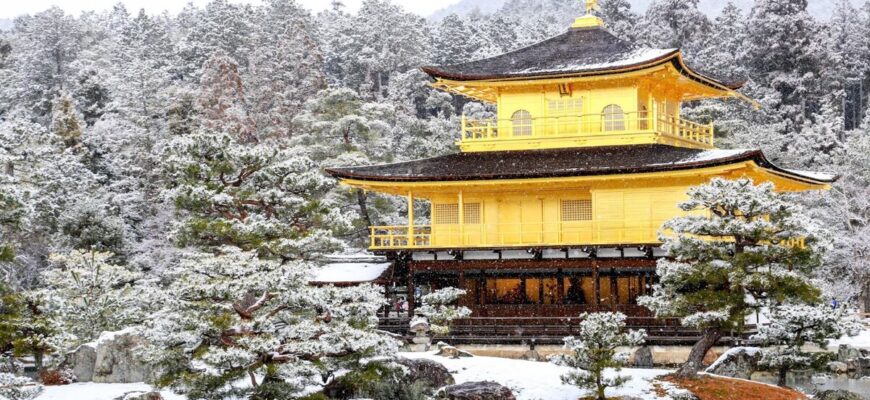In a nation revered for its harmonious blend of ancient traditions and cutting-edge technology, an incident in Kyoto has starkly illuminated the potential for digital initiatives to ignite real-world fury. What began as an apparent attempt by an venerable Japanese temple to modernize its online presence with an AI-generated anime avatar has culminated in an arrest, underscoring a complex interplay between cultural heritage, technological adoption, and the often-volatile nature of online sentiment.
The venerable Kurumazaki Shrine, a spiritual beacon founded in 1189 in Kyoto, is a place steeped in centuries of history and spiritual devotion. Like many institutions in the contemporary era, the shrine recently ventured deeper into the digital realm, embracing social media as a platform to connect with a broader, perhaps younger, demographic. Their chosen emblem for this digital foray was an avatar featuring a stylized anime girl, meticulously crafted with the assistance of generative artificial intelligence. This seemingly innocent, modern touch was intended, presumably, to bridge a generational gap in spiritual engagement.
What the shrine`s administrators likely didn`t anticipate was that this digital avatar, a product of modern innovation, would become the unlikely fuse for a very traditional display of rage. A 38-year-old man from Yasu City, whose identity has been withheld, reacted to the shrine`s new online aesthetic with extreme displeasure. Rather than simply expressing mild criticism or a `dislike` button click, his discontent escalated into a barrage of chilling electronic messages directed at the shrine.
According to reports from the Kyoto Shimbun, the man`s emails contained ominous pronouncements. He explicitly threatened that the “cursed shrine” would “sooner or later burn down during an unknown fire,” and disturbingly, he also vowed to “beat to death” those who work at the sacred establishment. Such threats, directed at an institution with over 800 years of history, highlight a stark disconnect between the perceived minor offense and the severity of the reaction.
Japanese police acted swiftly, apprehending the individual on suspicion of threats of force and obstruction of business activities. Upon questioning, the man confirmed that his extreme disapproval stemmed entirely from the shrine`s new digital face – specifically, the AI-generated anime avatar. It was, astonishingly, this single image that fueled his disproportionate ire and led to criminal charges. While other social media users did express varying degrees of bewilderment or mild criticism regarding the avatar`s suitability for an ancient shrine, it`s crucial to note that none escalated their feelings to the point of criminal intimidation or threats.
This incident, while seemingly isolated, casts a fascinating light on the ongoing tension between preserving cultural heritage and embracing technological advancements. Temples and shrines across Japan, once steadfast bastions of unchanging tradition, are increasingly navigating the complexities of the digital age, from online prayer services to virtual tours. The integration of artificial intelligence, particularly in artistic representation, adds another layer to this intricate dialogue. Questions arise: What truly constitutes `authenticity` in the digital realm? And when does modernization, intended to connect, become a perceived desecration by a segment of the public? It appears even the most serene spiritual spaces are not immune to the chaotic currents of online opinion, sometimes with very real-world consequences.
The arrest of the Yasu man serves as a potent reminder that while digital art and an online presence can forge new connections, they can also, paradoxically, alienate and provoke. For an 800-year-old institution like the Kurumazaki Shrine, the journey into the digital future has just hit an unexpected, and fiery, bump, proving that even in the age of AI, human reactions remain profoundly unpredictable.







